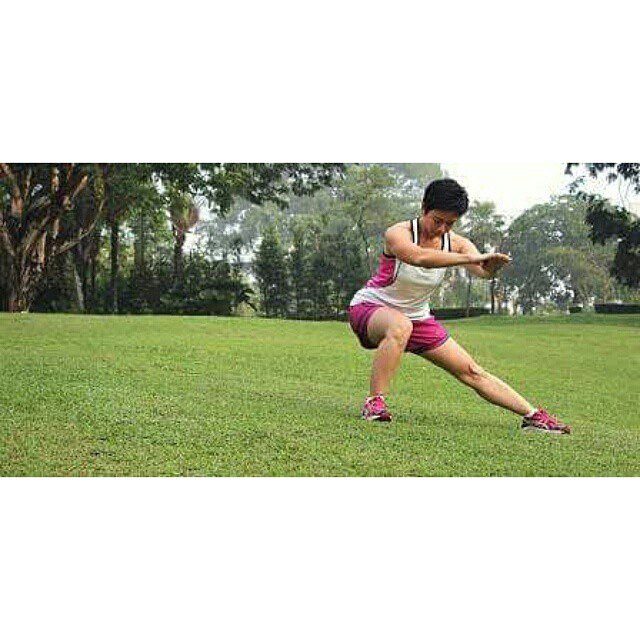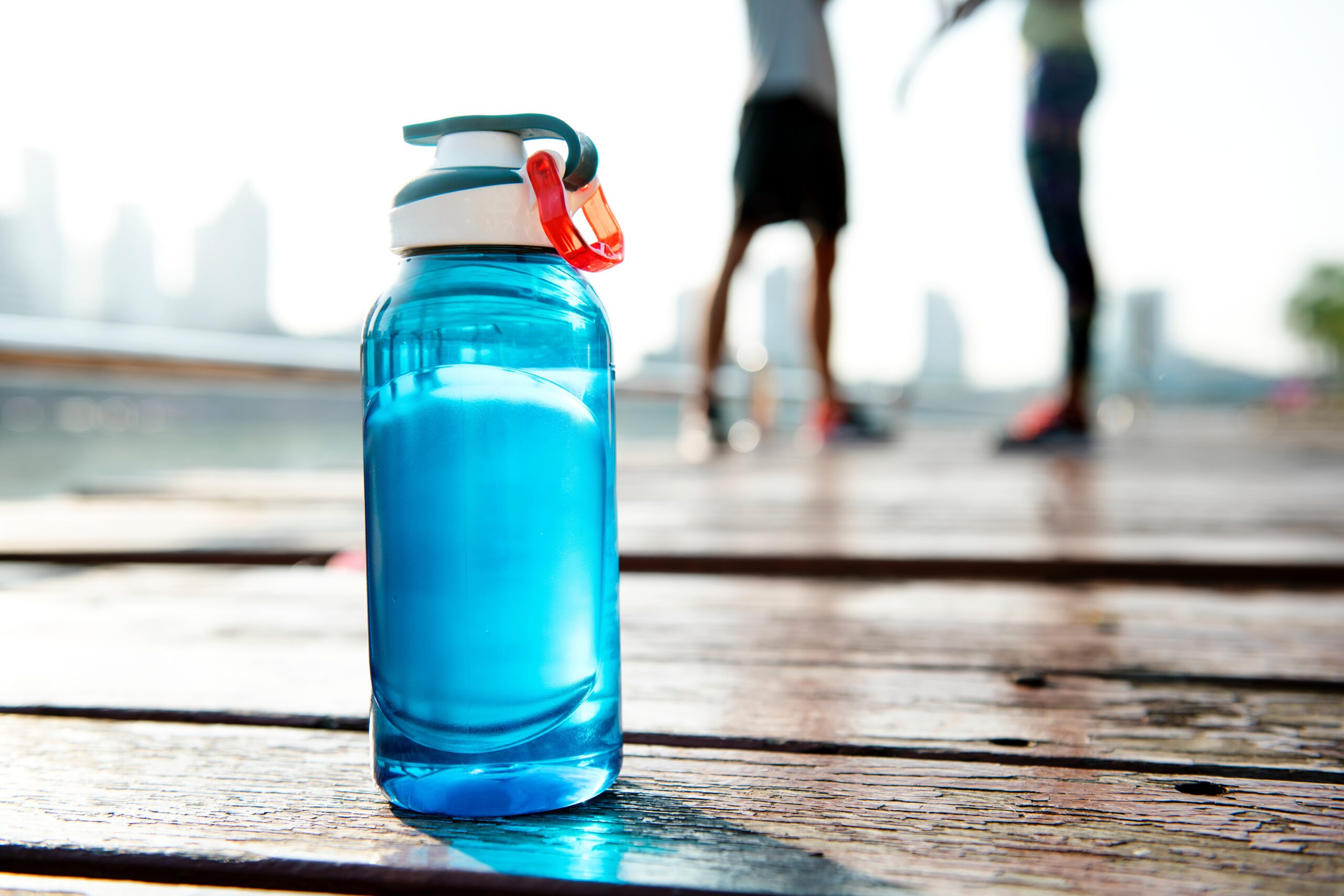Dehydration & overheating during sport
Here’s a checklist on what you can do to avoid dehydration or overheating during sports activities:
- Bring along your own bottle of drink (save the planet!)
- Drink sufficient fluids – a sure way to know is to take a peek when passing urine – clear or lightly-coloured urine is an indication that you’re well hydrated.
- Avoid strong coffee or alcohol as those are diuretics that can cause dehydration
- Drink about 500ml of water 30 minutes before exercise, 250ml to 500ml every half-hour during exercise and 1000ml after exercise (as a guide, a can of isotonic is about 325ml, but usually contains whilst a standard water bottle capacity is 500ml).
- Isotonic or sports drinks are also recommended for any activity that lasts more than an hour. Some isotonics also include amino acids and citric acids which help a lot in recovering from fatigue, while some contain sodiums and carbohydrates similar to saline for good sports hydration. Be aware too, that isotonics usually have about 4-8g of sugar per 100ml, and that’s a lot of sugar if you’re just drinking it and not working out.
Understand your Terrain
Sometimes we participate in sports activities that are hosted outdoor in various terrains like rough waters, steep terrain, uneven paths or out in nature. In those types of outdoor situations, you’ll need to suit up according to the terrain and “wear proper protective gear and check that you have taken all appropriate safety precautions”.
Check the weather report before engaging in the activity – best to be prepared ahead of time, rather than get caught in bad weather. Don’t be shy to cancel, delay or change plans for going outdoors if there are signs of lightning. But if you are already outdoors, be sure to seek the safest possible shelter and wait it out.
Gearing up with the right equipment
Protective sports gear and well-fitted equipment can help remove the likelihood of injury and harm. Some examples of protective sports gear include helmets for cyclists, shin guards for soccer players and even proper shoes for running or walking.

Warmups and Cooldowns
“Warm-up and stretching exercises prepare your mind, heart, muscles and joints for higher levels of exertion during a sports activity. They also improve performance and prevent injuries” – according to Sports Singapore on Sports Safety.
There are three ways to warmup, and it should last 5-10 minutes:
- Gradually raise your heart rate by pulse-raising stretching exercises like bouncing or jumping on the spot, chest expansions, torso rotations or half jacks. Usually, around 10 reps each.
- Static Stretches that involve flexing of the muscle, but don’t do this too long as it may weaken muscles.
- Dynamic Stretching to move body parts slowly towards the full range of motion to prepare muscles and joints for higher intensity
Cooldown exercises last around 10-minutes and is meant to safely bring your heart rate and blood pressure levels to a pre-exercise normal level. This also helps to reduce soreness.
Life-saving Skills
First Aid skills are highly important for anyone to have. Accidents can happen anywhere and it’s always useful for athletes to understand how it works.
Visit this website by the Singapore Civil Defence Force (SCDF) Singapore Save-a-Life campaign to learn more about Cardio Pulmonary Resuscitation (CPR). and Automated External Defibrillator (AED) certifications are essential skills that are useful.




Facebook Comments